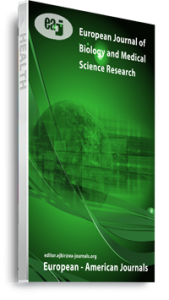The study was conducted in Kontagora town of Niger State, North Central Nigeria. Sporozoite Infection Rate (SR) and Entomological Inoculation Rate (EIR) was assessed in spatial order. Indoor resting mosquitoes were collected using Pyrethrum Spray Catch (PSC). Morphological identification was carried out using a trinocular dissecting microscope with the aid of standard Taxonomic keys. Mosquito Salivary glands were carefully dissected for determination of Sporozoite Infection Rate. The proportion of individual mosquitoes infected with Plasmodium sporozoites were noted as the sporozoite rate (SR) in percentage. Entomological inoculation rate (EIR) was calculated as a product of Sporozoite Rate (SR) and Human Biting Rate (HBR) and expressed as infective bite per person (ib/p. Annual Sporozoite Infection Rate of 63.8 % was recorded. No significant variation was reported (p>0.05) in Sporozoite Infection Rate between sampling locations. Annual Entomological Inoculation Rate (EIR) for Kontagora was calculated to be 1.84 infective bite per person (ib/p). A significant difference (P<0.05) was however observed in EIR of Anopheline mosquitoes between sampling locations. The results established high Sporozoite Infection and Entomological Inoculation Rate which are key indices that sustains malaria transmission in Kontagora. Anopheline mosquitoes were reported to be infective throughout the study area. Vector control intervention based on local entomological data is strongly recommended.
Keywords: infection entomological, inoculation, sporozoite

